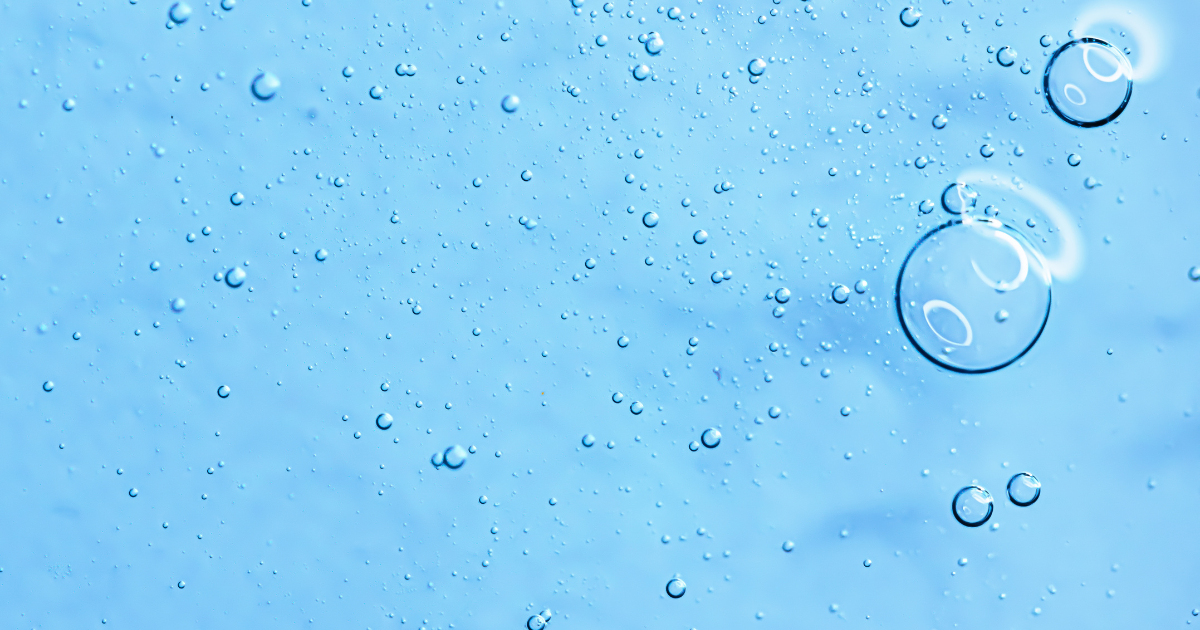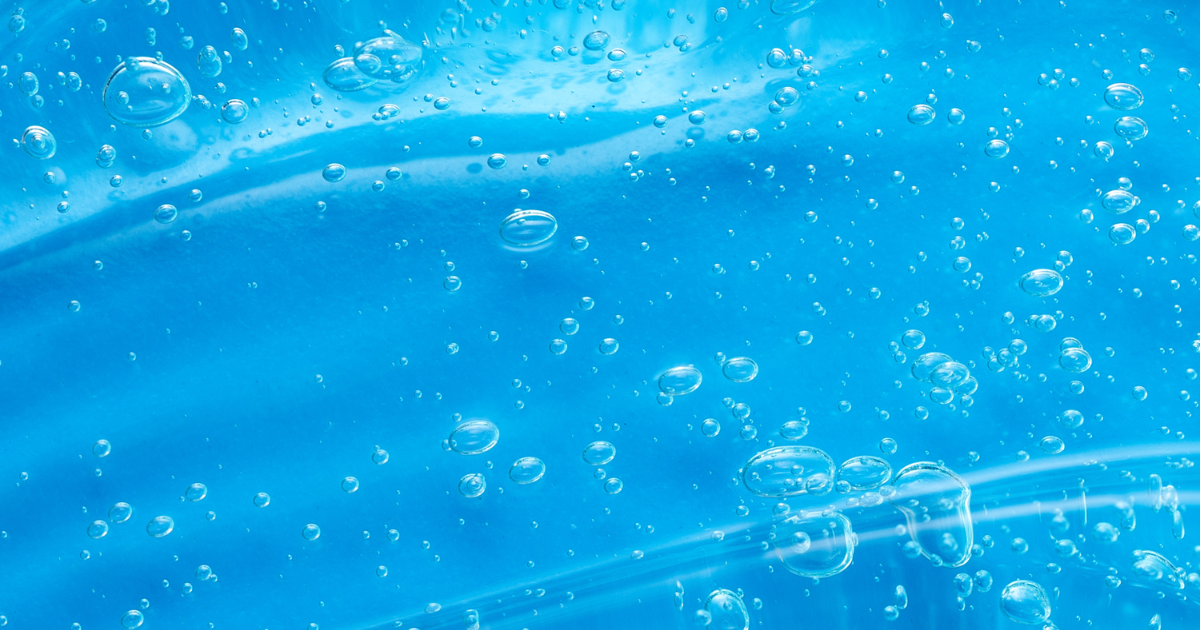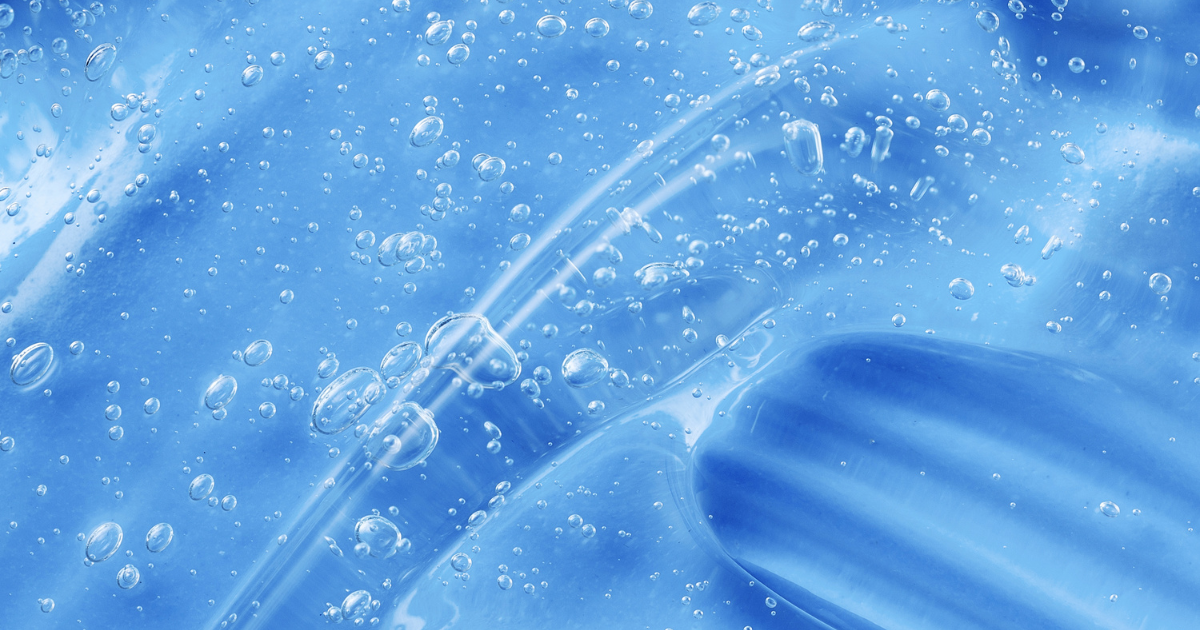Antimicrobial fabrics have emerged as a key technology in the textile industry, driven by a heightened global focus on hygiene, safety, and sustainability. These advanced materials, treated with agents that prevent the growth of microorganisms, have far-reaching applications across numerous sectors. This article delves into the diverse applications of antimicrobial fabrics, exploring the technology behind them, their industry-specific benefits, and the future directions in this rapidly evolving field.

What Are Antimicrobial Fabrics?
Antimicrobial fabrics are textiles designed to inhibit the growth of bacteria, fungi, viruses, and other microorganisms that can cause odor, stains, or infections. These fabrics are treated with antimicrobial agents such as silver ions, copper, or organic biocides, each of which targets microorganisms through different mechanisms. For instance, silver ions interfere with microbial DNA replication, while copper ions disrupt bacterial cellular functions. This treatment can be incorporated into the fabric during production or applied as a finish, ensuring that the antimicrobial properties last through numerous washes.
The technology has made antimicrobial fabrics increasingly indispensable in high-demand sectors where hygiene is critical, such as healthcare, consumer goods, and industrial applications.

Applications in Healthcare: Ensuring Safety and Hygiene
Medical Textiles
Antimicrobial fabrics have become integral to healthcare, where the need to reduce infection risk is paramount. These fabrics are widely used in medical clothing, including surgical gowns, scrubs, and hospital bedding. The incorporation of antimicrobial agents reduces the possibility of bacterial transmission, helping prevent hospital-acquired infections (HAIs) and improving patient outcomes. Advanced treatments also help in reducing the growth of harmful pathogens like MRSA(methicillin-resistant Staphylococcus aureus) and Clostridium difficile, which are notorious in healthcare settings.
Personal Protective Equipment (PPE)
With the rise of global health crises like the COVID-19 pandemic, antimicrobial fabrics found their place in personal protective equipment (PPE) such as masks, gloves, and face shields. The ability to provide an additional layer of protection against pathogens is crucial, and antimicrobial fabrics help enhance the functionality of these PPEs, ensuring longer-lasting protection for healthcare workers and the general public.
Antimicrobial Fabrics in Fashion: Beyond Aesthetics to Functionality
Activewear
Antimicrobial fabrics have revolutionized the activewear market by addressing the challenge of odor and bacterial growth during physical activity. Fabrics treated with antimicrobial agents are particularly beneficial in moisture-wicking sports apparel, where sweat provides an ideal environment for bacteria. By reducing bacterial proliferation, these fabrics help keep activewear fresher for longer, which not only extends the life of the garment but also enhances the user experience by improving comfort and hygiene.
Everyday Apparel
The integration of antimicrobial technology in everyday clothing, such as socks, undergarments, and shirts, caters to the growing demand for hygiene-conscious textiles. For instance, antimicrobial socks can significantly reduce foot odor by preventing the growth of bacteria and fungi. These fabrics offer a dual benefit of improved hygiene while also enhancing wearer comfort, especially for individuals with sensitive skin or those who spend extended periods in closed shoes.
Footwear
Antimicrobial treatments applied to footwear, including insoles and shoe linings, are gaining popularity due to their ability to combat odors and fungal infections. The antimicrobial properties help minimize the buildup of bacteria that causes odor, keeping shoes fresher for longer. Additionally, antimicrobial footwear can play a role in preventing common foot conditions such as athlete’s foot or fungal infections.
SPORTINGTEX®

Industrial and Commercial Applications: Enhancing Worker Comfort and Safety
Workwear
In industrial environments, workwear made from antimicrobial fabrics offers significant benefits. These fabrics help protect workers in environments exposed to bacteria, fungi, and other pathogens, such as agriculture, manufacturing, and construction. Additionally, these textiles offer the dual advantage of reducing odor and bacterial growth, enhancing comfort and reducing the need for frequent laundering.
Transportation
Antimicrobial fabrics are also being adopted in the transportation sector. For example, buses, trains, and airplanes are increasingly outfitting seats and upholstery with antimicrobial textiles to prevent the spread of pathogens in shared spaces. By maintaining hygiene in such public transportation settings, these fabrics contribute to safer and more pleasant travel experiences.
Environmental Benefits of Antimicrobial Fabrics
Antimicrobial fabrics are not just a win for hygiene; they also offer environmental benefits. By reducing the frequency of washing, these fabrics conserve water and energy, which is an important consideration in a world increasingly focused on sustainability. Additionally, the durability of antimicrobial fabrics means that textiles last longer, reducing the frequency of replacements and minimizing textile waste.
SPORTINGTEX®
Challenges and Future Trends: Innovation in Antimicrobial Textiles
While antimicrobial fabrics offer numerous advantages, there are challenges that need addressing. One such issue is the longevity of the antimicrobial effect. Over time, treatments can degrade, particularly with frequent washing. Researchers are actively exploring more durable solutions, such as bio-based antimicrobials that maintain their effectiveness longer and are less harmful to the environment. Another challenge lies in the high cost of production, which can make antimicrobial fabrics less accessible for some industries.
The future of antimicrobial fabrics looks promising, with continued advancements in both the efficacy and sustainability of treatments. As industries place greater emphasis on hygiene and sustainability, the development of new, eco-friendly antimicrobial solutions will drive their adoption in emerging markets, such as smart textiles and wearable healthcare devices.

Common Questions About Antimicrobial Fabrics
1. What are antimicrobial fabrics made of?
Antimicrobial fabrics are typically made from natural or synthetic fibers that are treated with antimicrobial agents such as silver, copper, or organic compounds. These agents work by preventing the growth of bacteria, fungi, and other pathogens, ensuring the fabric remains cleaner and fresher for longer. The treatment can be applied during the manufacturing process or as a finish.
2. How long do antimicrobial fabrics last?
The effectiveness of antimicrobial fabrics depends on the type of treatment used and the frequency of washing. While some treatments can last through many washes, others may start to degrade over time. However, newer, more durable antimicrobial treatments are being developed to ensure longer-lasting protection.
3. Are antimicrobial fabrics safe for sensitive skin?
Yes, most antimicrobial fabrics are safe for sensitive skin. The agents used in these fabrics, such as silver, are commonly used in medical and personal care products. However, if you have specific skin sensitivities or allergies, it’s always advisable to check the fabric’s material composition before use.
4. Can antimicrobial fabrics replace regular hygiene practices?
While antimicrobial fabrics help reduce the growth of bacteria and fungi, they do not replace regular hygiene practices such as washing your clothes or cleaning surfaces. Antimicrobial fabrics are designed to complement good hygiene, not to replace it.
5. Can I use antimicrobial fabrics for all types of clothing?
Yes, antimicrobial fabrics can be used in a wide variety of clothing, from activewear and undergarments to medical uniforms and everyday garments. The fabric’s antimicrobial properties make it especially useful for items that are frequently worn or exposed to moisture, such as socks, athletic wear, and bedding.
6. Are antimicrobial fabrics environmentally friendly?
Many antimicrobial fabrics are designed with sustainability in mind. By reducing the frequency of washing, antimicrobial fabrics help save water and energy. Additionally, some antimicrobial treatments are made from natural or eco-friendly materials, reducing their environmental impact. However, it’s important to choose fabrics treated with sustainable methods for a truly eco-friendly option.
7. Where can I purchase antimicrobial fabrics?
Antimicrobial fabrics are available through specialized textile manufacturers, fabric suppliers, and online retailers. SPORTINGTEX® offers a wide range of high-quality antimicrobial fabric solutions tailored to various industries, including healthcare, fashion, and home textiles.
Conclusion
Antimicrobial fabrics represent a significant breakthrough in the textile industry, with far-reaching applications across healthcare, fashion, home textiles, and industrial sectors. These fabrics not only improve hygiene but also contribute to sustainability by reducing water usage and extending product life. As innovation continues to evolve, antimicrobial fabrics will play an even more crucial role in shaping the future of textiles, providing consumers and industries with cleaner, safer, and more sustainable products.
Looking for top-tier antimicrobial fabrics for your next project? Explore SPORTINGTEX® now and discover our premium antimicrobial fabric solutions tailored to meet the hygiene, durability, and sustainability needs of various industries.


